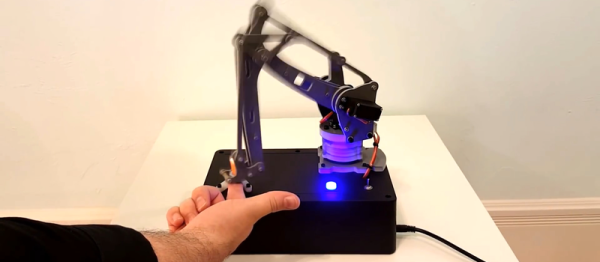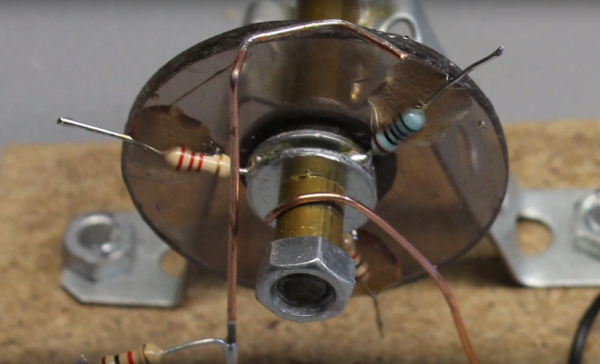The old newspaper saying holds that a dog biting a man isn’t news, but “Man Bites Dog” is a stellar headline. So instead of focusing on the usual human-on-small-robot torture experiments as we usually do, we bring you “The First Law“, an art piece by [Alex Reben].
[Alex] built a robot that “intentionally” defies Asimov’s First Law: doing no harm to humans. A human puts its little pink finger in the slot, is sensed, and a robot arm with a needle comes down and smashes through the meatbag’s puny fleshy appendage. Or maybe it doesn’t — it’s got a randomization routine that can be said to be “choosing” to prick you or not.
Yeah, the pin-prick is trivial, and yeah, the robot is not really deciding, but the point of the ‘bot is to get people talking. In a world where killer robots are not (yet, explicitly) against the Geneva Convention, soon we’re going to be facing this problem for real. If we need robot-art that makes literary references to get us thinking about these issues, so be it.
Of course, you don’t need to wait until there’s moral consensus to build your own terribly dangerous “robots” at home. How about an automated flamethrower or a knife-wielding tentacle? Or maybe this once, we’ll say that it makes more sense to just sit back and read about other folks doing it.
Via [Fast Company]. Thanks [fishocks367] for the tip!
























